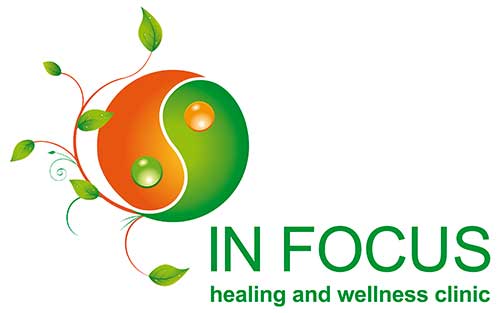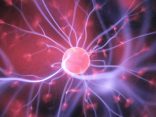Welcome back to our informative series, where we are dedicated to uncovering a pathway from “chronic pain to wellness gain”. In our initial post, we discussed the prevalence, impact, and societal costs of chronic pain, revealing its profound effects on individuals, families, and society as a whole.
In this post, we dive deeper into defining what chronic pain entails. Understanding chronic pain might appear overwhelming, particularly when there are no visible signs of injury or illness. However, drawing from my clinical experience, I have come to realise that understanding this definition is not merely an academic endeavour — it is a crucial first step on a transformative journey from enduring pain to embracing wellness.
This journey, which I elaborate on in my upcoming book, Breaking Beta: Your Pathway Out of Physical and Emotional Pain, encapsulates what I call “Breaking Beta”. It signifies the shift towards Becoming Aware of an alternative path out of the cycle of suffering physical and emotional pain. This marks the beginning of a comprehensive process of change, guiding us toward a state of wellness that might have seemed unattainable before.
What is the current definition of pain?
In July 2020, the International Association for the Study of Pain (IASP) refined the definition of pain as:
“An unpleasant sensory and emotional experience associated with actual or potential tissue damage, or described in terms of such damage”, emphasising six key points:
“1. Pain is always a subjective experience, influenced by biological, psychological, and social factors.
- Pain and nociception (the body’s response to harmful stimuli) are distinct; pain cannot be inferred solely from activity in sensory neurons.
- The concept of pain is learned through life experiences.
- A person’s report of an experience as pain should be respected.
- While pain often serves an adaptive role, it can adversely affect function and social and psychological well-being.
- Verbal description is only one of many ways pain can be expressed; the inability to communicate does not negate the possibility of experiencing pain.”
Key Takeaways
From the IASP definition, four phrases stand out:
- “actual or potential tissue damage,”
- “pain is always a personal experience,”
- “pain and nociception are different phenomena,”
- “individuals learn the concept of pain through life experiences”.
These phrases, which I explore in greater detail in my book due to be released this June, are pivotal in understanding how the chronic pain cycle develops and how we can intervene.
Starting with “actual or potential tissue damage”, it is evident that chronic pain can arise from physical damage but also occur in the absence of any physical trauma.
Actual tissue damage is referred to as acute pain. It serves as a protective role to prevent further injury and initiate healing. However, when pain persists beyond the healing of tissues, transitioning to chronic pain, it becomes abnormal.
The anticipation of harm constitutes potential tissue damage. When this anticipation is prolonged without any resolution, it leads to stress-induced hyperalgesia
Regardless of its origin, chronic pain can last for weeks, months, or even years, significantly affecting daily life and overall health, as explained in our first blog in this series.
Neurophysiologists explain chronic pain through a process referred to as “wind-up”. This term describes the reaction of specific nerve cells in the spinal cord to continuous harmful signals. If this “poking” persists, our nerve cells continue to become hypersensitive, a state known as “central sensitisation” — akin to an overly sensitive car alarm that triggers at the slightest touch.
In our next post, we will explore the remaining three phrases and introduce the concept of “wind-down”, as defined by neurophysiologists. This process serves as a counterbalance to “wind-up” offering a promising path out of the cycle of chronic pain for those enduring physical and emotional suffering.
Yours in wellness,
George Dellas








